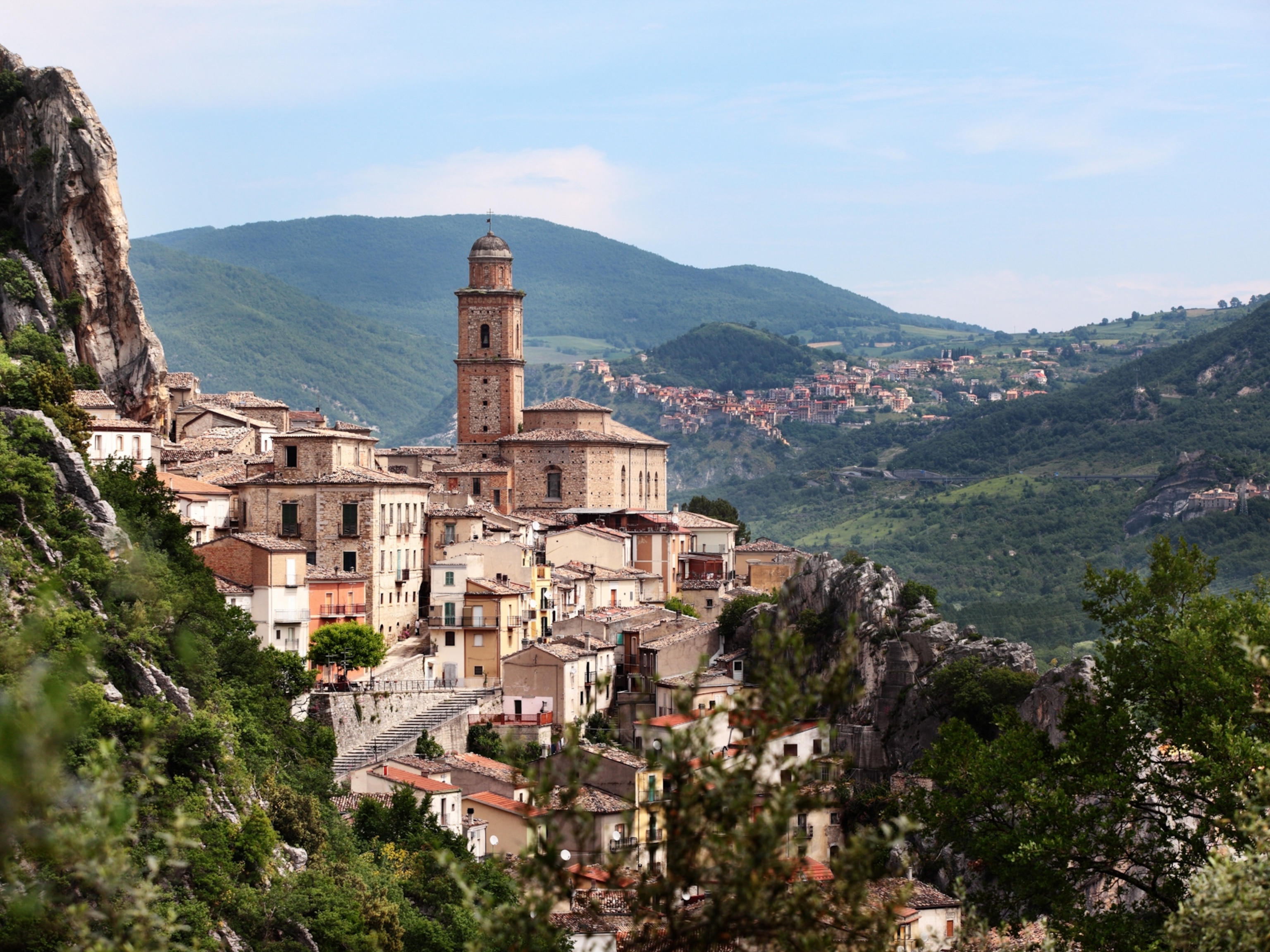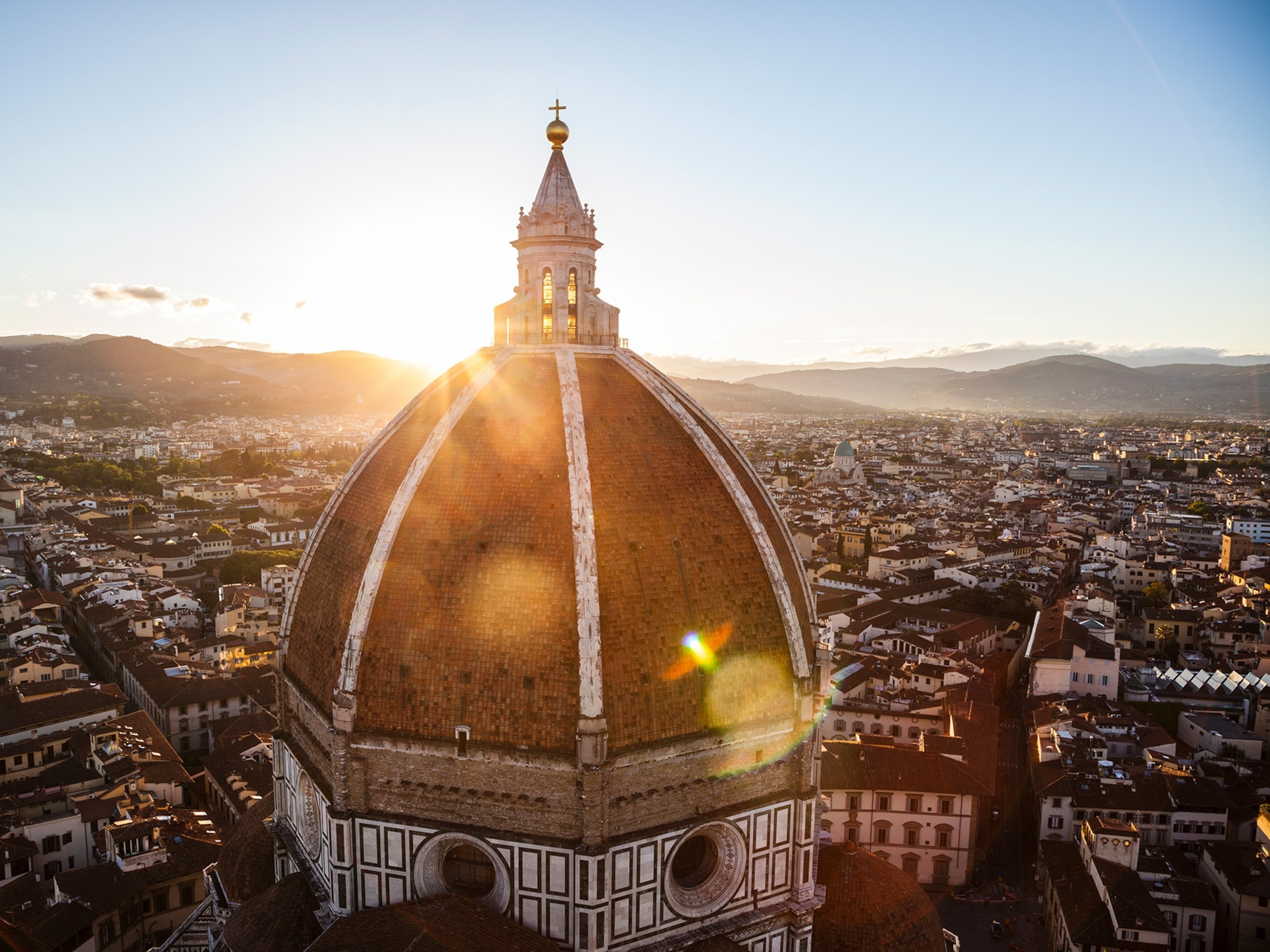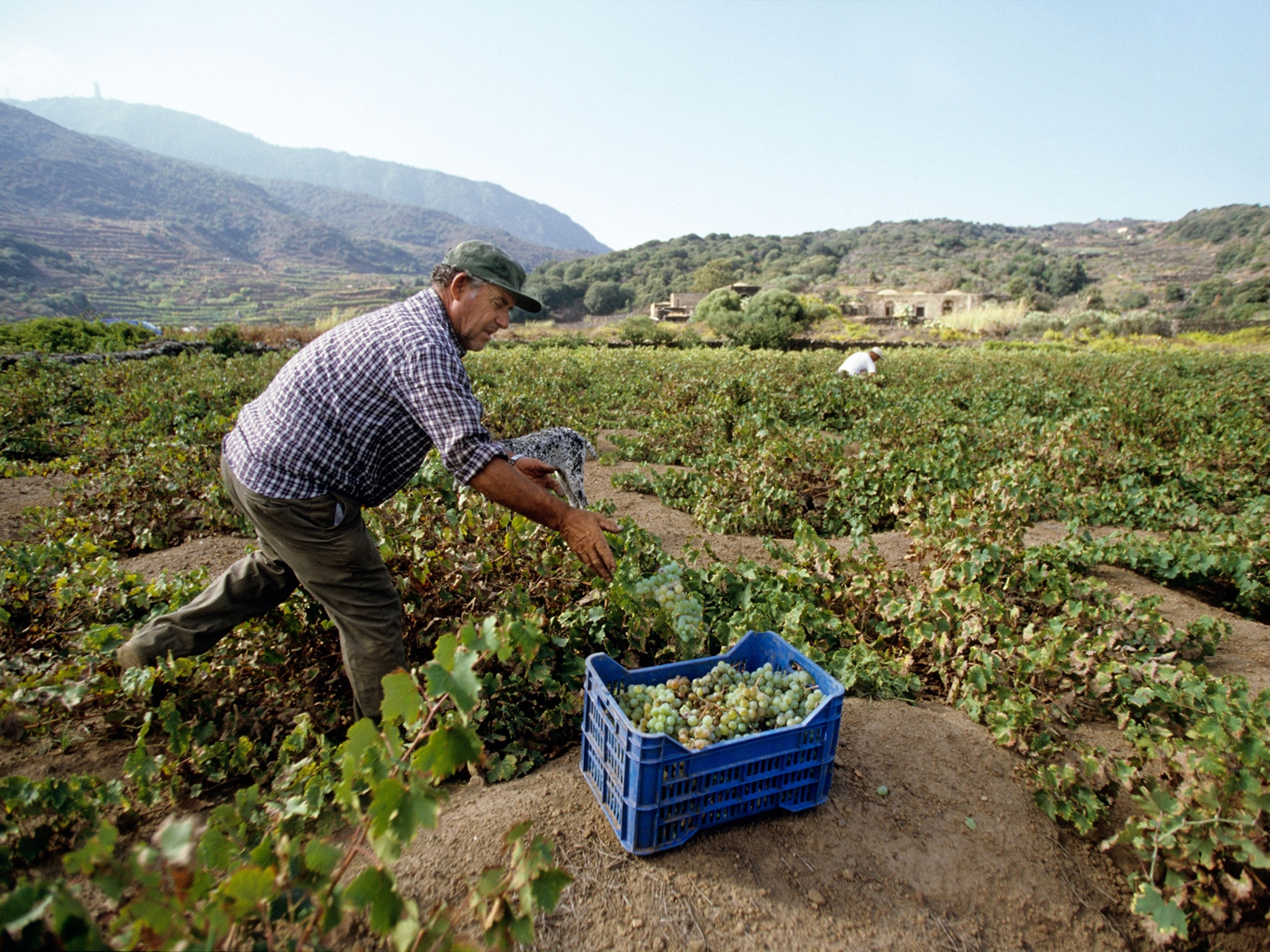
Florence's historic 'wine windows' are making a comeback
For nearly 500 years, visitors to this romantic Renaissance city have sipped Tuscan wines from buchette di vino, tiny openings in the walls of palazzos.
Strolling along the cobblestone causeways of Florence, Italy, it’s easy to get swept up in the beauty and history of this romantic Renaissance city. What’s not to love? The magnificent Duomo of the Cathedral of Santa Maria del Fiore, the stunning statue of David by Michelangelo, the picturesque Ponte Vecchio spanning the Arno River, and buchette di vino, the quaint crevices where glasses of Chianti Classico, Tignanello, and other Tuscan vintages are served.
Literally “little holes of wine,” wine windows have been part of Florentine culture for nearly 500 years. The tradition of selling wine from these small openings in buildings nearly died out in the 20th century but has resurged recently thanks to the pandemic and an Italian-American actor exploring his cultural roots through food and wine.
The recent resurgence of wine windows
“Mamma mia!” says Renaissance historian and tour guide Rocky Ruggiero. “I didn’t think it would persevere. I thought it would be a quick COVID sort of thing, but it’s only gotten more popular over the last couple of years, thanks mainly to Stanley Tucci’s ‘Searching for Italy series. It’s hilarious!”

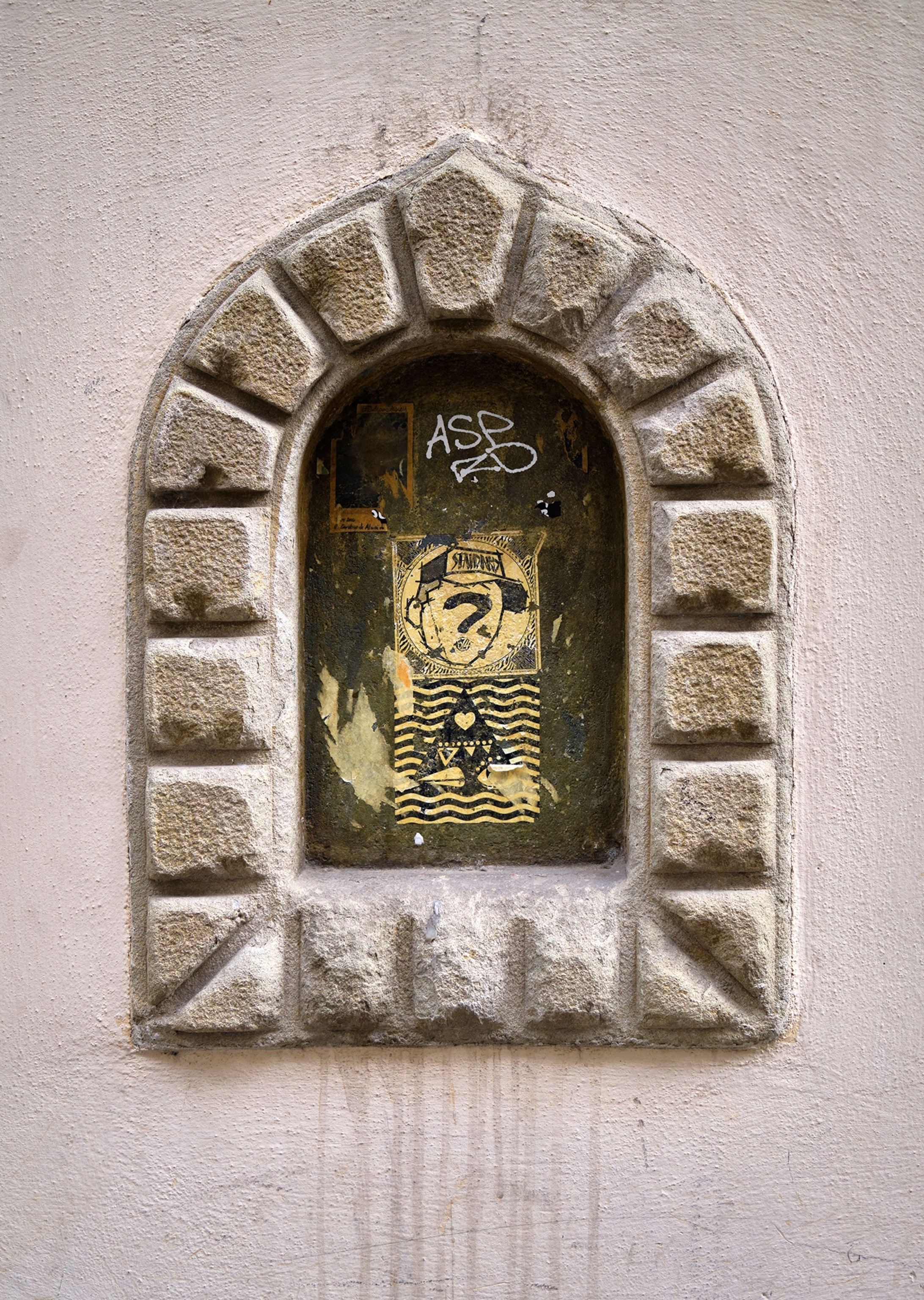
The TV series depicted Tucci sampling wine from a tiny opening in the wall of Florence’s Babae Restaurant, one of the first to resurrect the custom in 2020 as a way of preventing the spread of illness. Now, scores of people line up at resurrected windows offering glasses of Tuscan wines and other tantalizing treats. Restored buchette di vino can be found at Cantina de’ Pucci, Osteria Belle Donne, DiVin Boccone, Gastronomia Duomo, and other sites.
“About 10 wine windows are now open in town selling a glass of wine, food, espresso, and even gelato,” notes Corinna Carrara, an authorized tour guide who takes connoisseurs to some of the nearly 200 original buchette di vino rediscovered in Florence.
Unlike today where wine is consumed socially or for relaxation, it was a staple for healthy living during the Renaissance. According to Carrara, Florentines had to drink it because the water was so polluted and filled with disease.
“It was a necessity in the past,” she says. “You signed your death sentence if you drank the water.”
(Related: Everything you should know about Florence Italy.)
The history of wine windows in Florence
In Florence, wine windows got their start in 1559, when Cosimo I de’ Medici, the first Grand Duke of Tuscany, decreed noble families could sell excess wine from their vineyards at their palazzos in the city. They could do so tax-free but only in small amounts, usually in fiascos (flasks), small hand-blown glass bottles often wrapped in straw or wicker to prevent breakage.
At first, openings were cut in the large wooden doors of the palatial homes—about 12 x 8 inches, just large enough to pass a bottle through. As the idea caught on, wine windows were included in the stone walls of buildings. Patrons rang a bell or knocked on the small wooden or metal door to get service.
“The walls are about a meter and a half thick (about 60 inches), so cutting a hole through that boulder rock was terribly expensive,” says Carrara, who assists the Buchette del Vino Associazione Culturale, which is preserving the legacy by installing plaques at certified wine windows across the city. “Only later, in the 1600s, were houses built with that little hole in it. You always had to ask the Medici family permission for the wine window, but then they would build the façade with it there.”
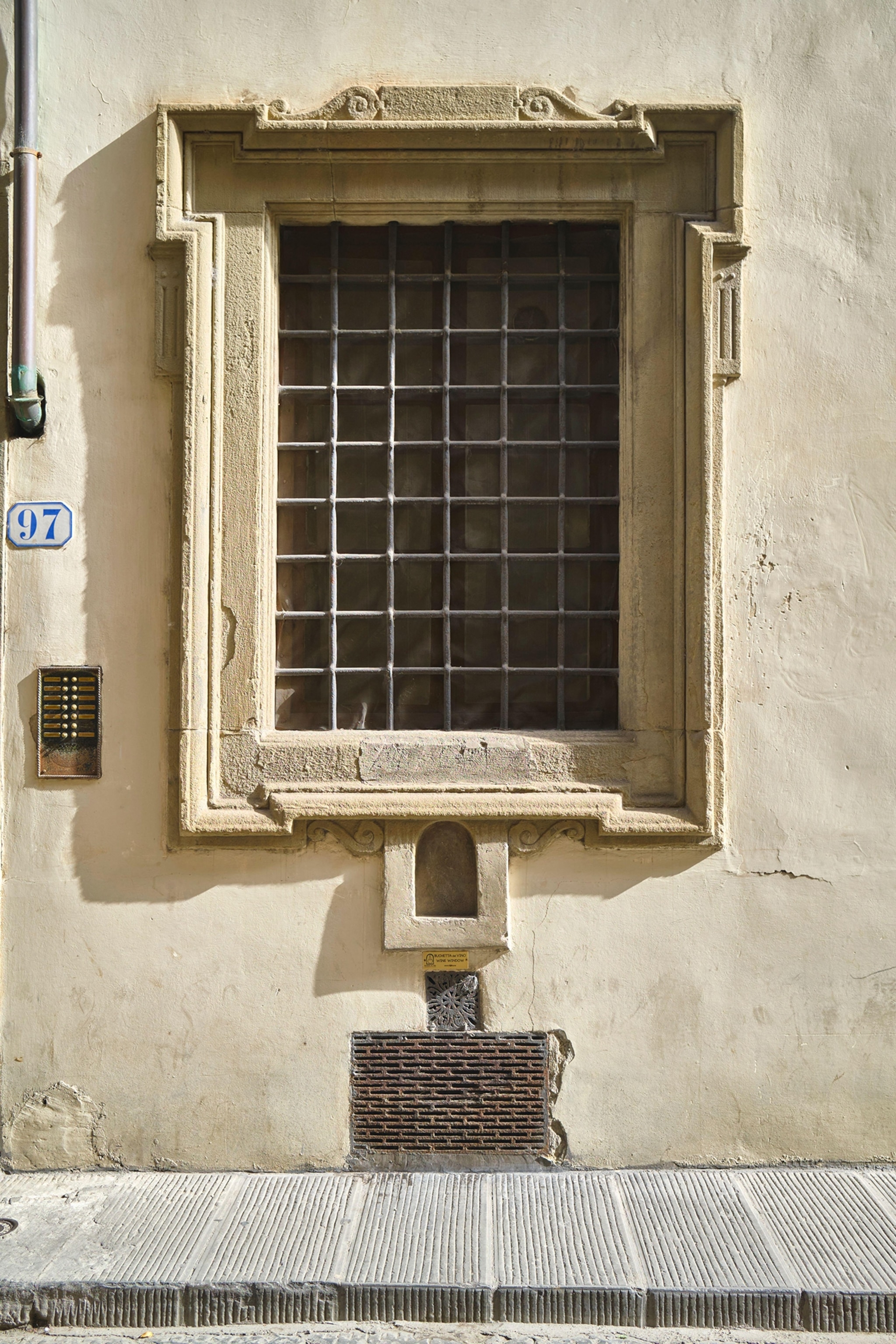
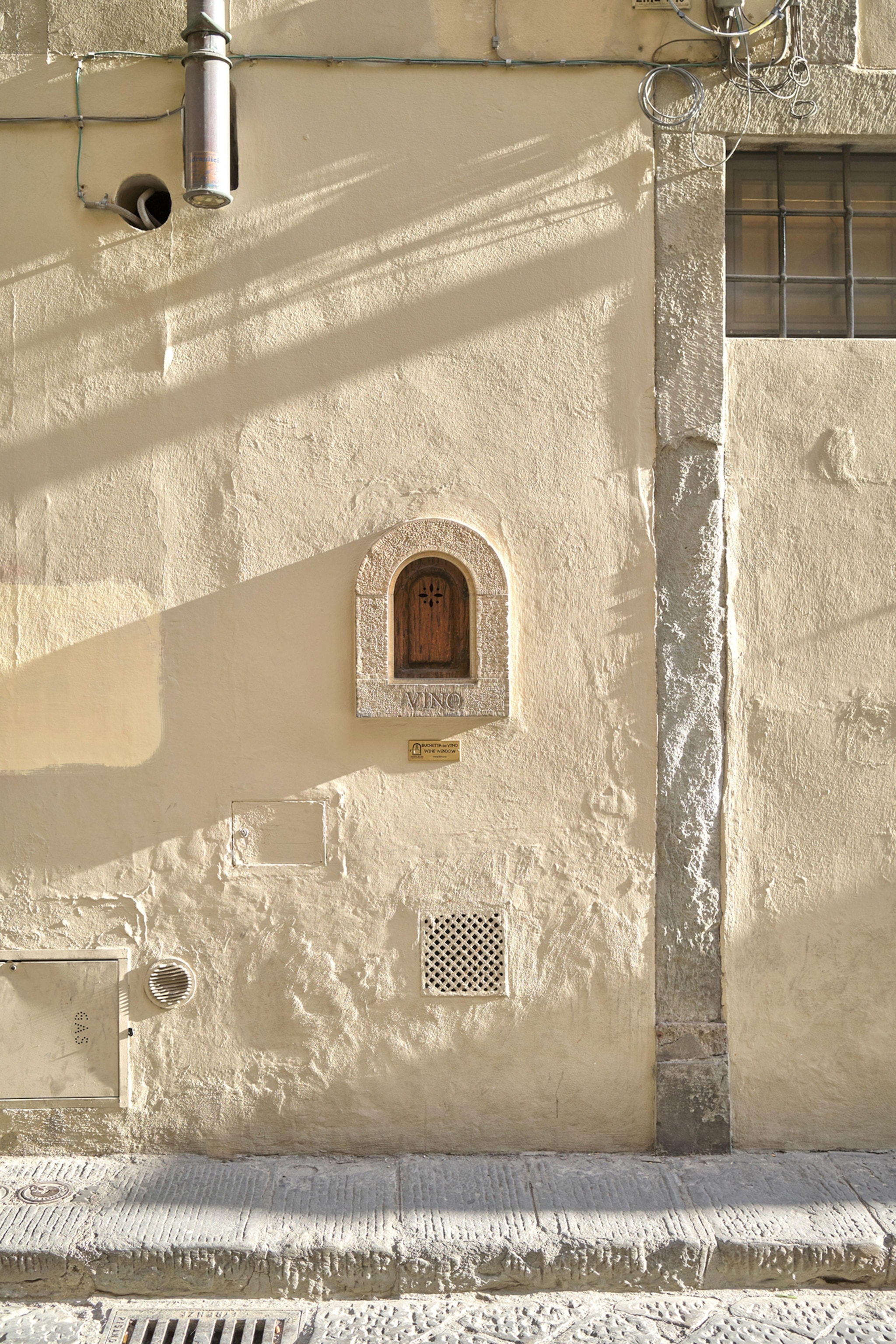
As is the custom, wine windows are usually low on the wall, about waist high. In the early days, wine was stored in cellars to help preserve it. In their book Wine Windows of Florence and Tuscany, art historians Diletta Corsini and Lucrezia Giordano pointed out how the cantiniere (cellarman) would listen for a sound, then climb a ladder to fill the order at the wine window.
“It should be clear that the palazzo vintner or wine steward was not a low-ranking servant,” they write. “Often the vintner was also the house-steward … responsible for the entire building whose entrance he watched over.”
(Related: Why the Italian city of Lecce is nicknamed 'the Florence of the South'.)
First line of defense against Black Death
When the bubonic plague ravaged Florence in 1630, wine windows became the first line of defense against the dreaded disease that killed 12 percent of the population. In his 1634 book “Relazione del Contagio stato in Firenze l’anno 1630 e 1633,” Florentine scholar Francesco Rondinelli wrote how it worked:
“Those who sold wine from home, to escape any danger of catching the plague by touching flasks, since purchasers were mainly the poor, installed a tin spout at the hatch, with a funnel attached for pouring the wine, and whoever was buying it outside received it there.”
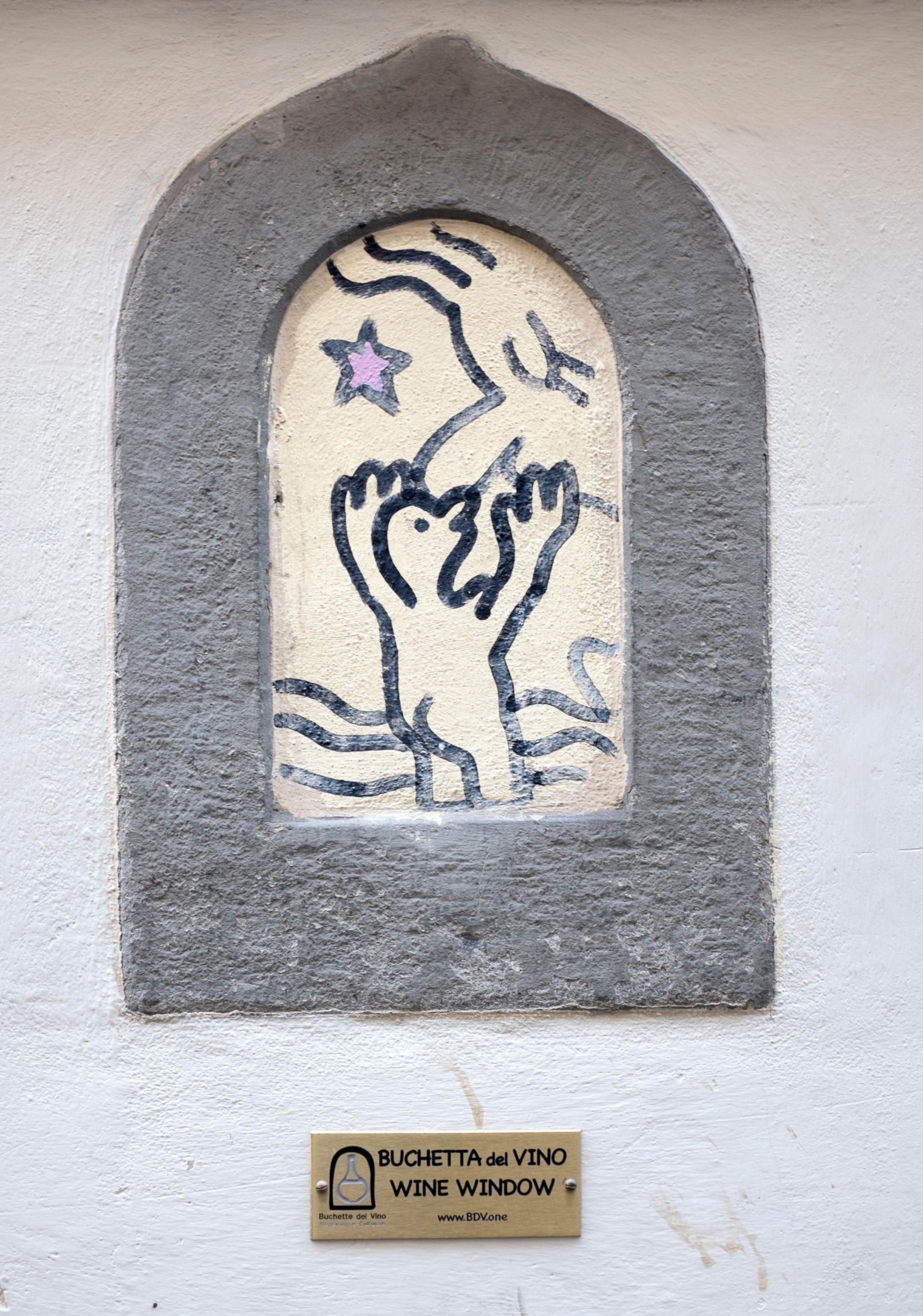
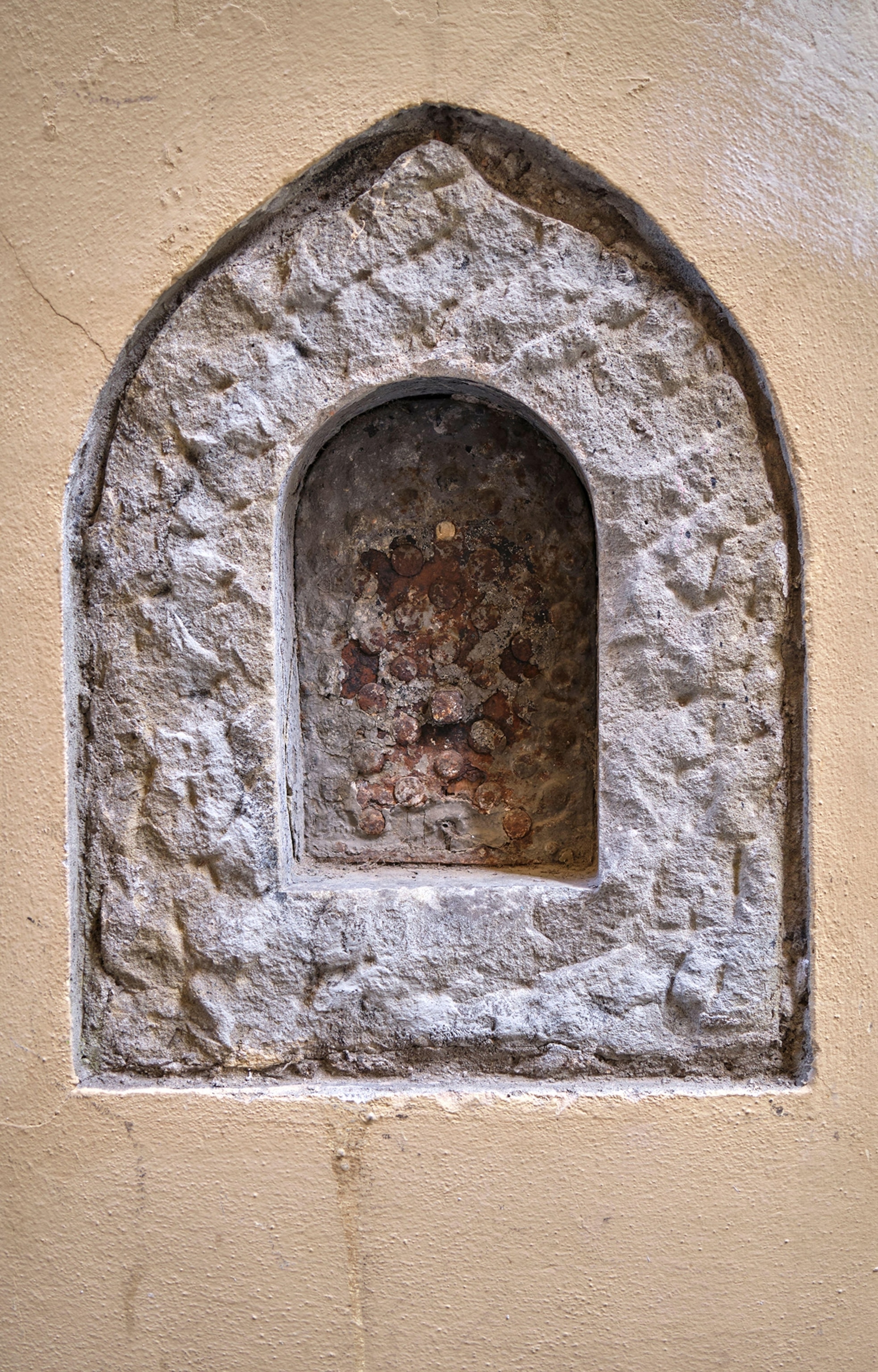
In addition, sellers collected coins paid for the wine with “a copper scoop, immediately throwing them in vinegar” as a disinfectant.
Wine windows reached their peak in the 1700s when hundreds of openings dotted Florence. The trend also spread across Tuscany and Northern Italy, where today visitors can find remnants of buchette di vino in such places as Pisa, Siena, and Faenza.
Little doors of paradise
That term is a recent invention, dating back to the 1970s when historians began researching wine windows. In the early days, Florentines called them porticine (little doors), finestrelle (small windows), and botteghe a sportello (“shop to door”). In the Tucci TV program, locals refer to them as porticine di paradiso (little doors of paradise).
For more than 600 years, the aristocratic Antinori family has made wine in Tuscany. Today, the major vintner sells its vintage internationally while maintaining a restaurant and wine shop at the ancestral Palazzo Antinori in Florence. Marchese Piero Antinori says his buchette di vino on Via del Trebbio—perhaps one of the most photographed because the word “vino” is engraved on the mantle stone—dates back to the 16th century. Though currently not in operation, Antinori is considering reopening the wine window.
“It was built at the same time as the Palazzo Antinori,” he states. “However, it was not exactly where it is today. It was on the other side of the palazzo originally. We have some old prints that show that the window was there. I think it was moved sometime in the 17th or 18th century.”
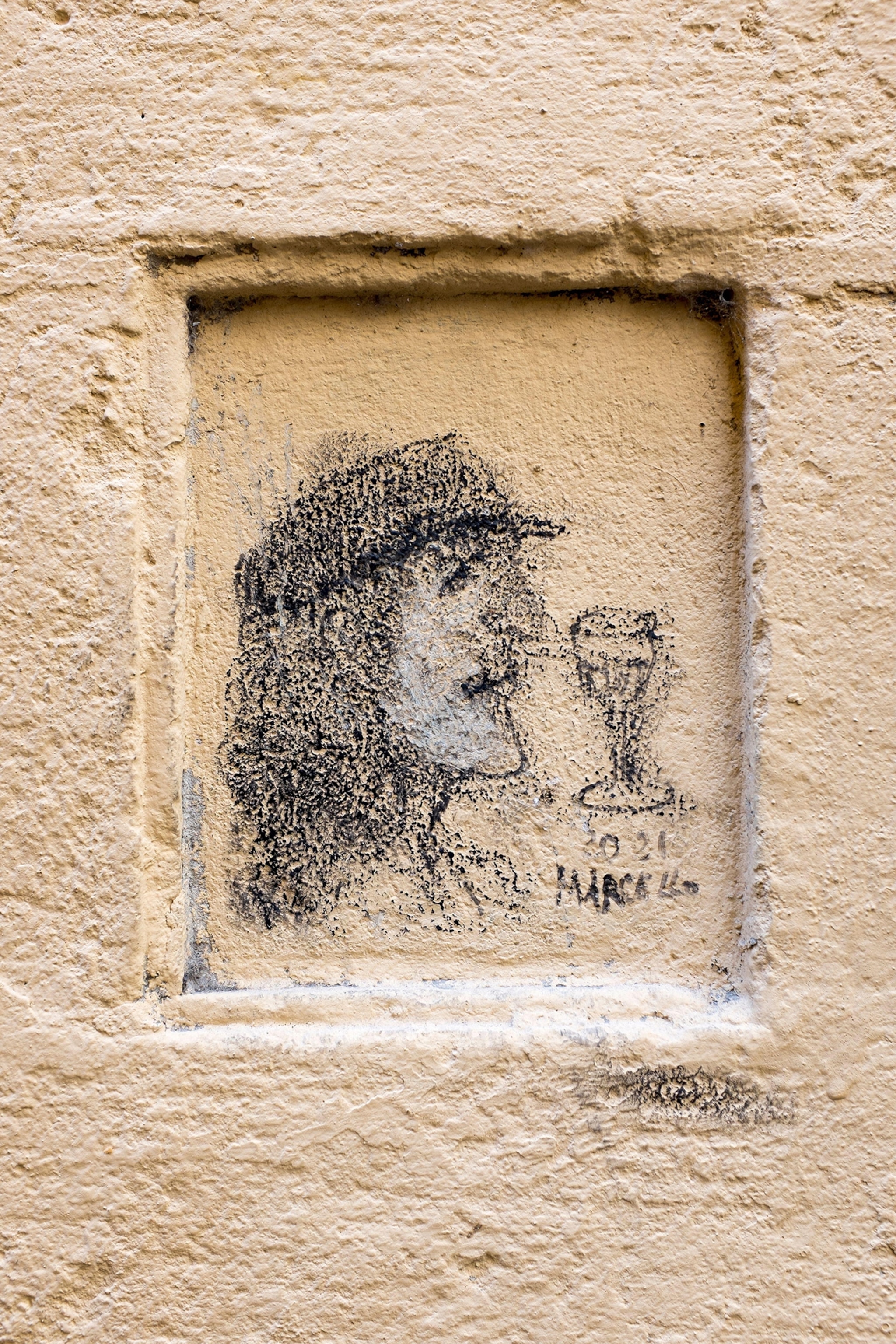
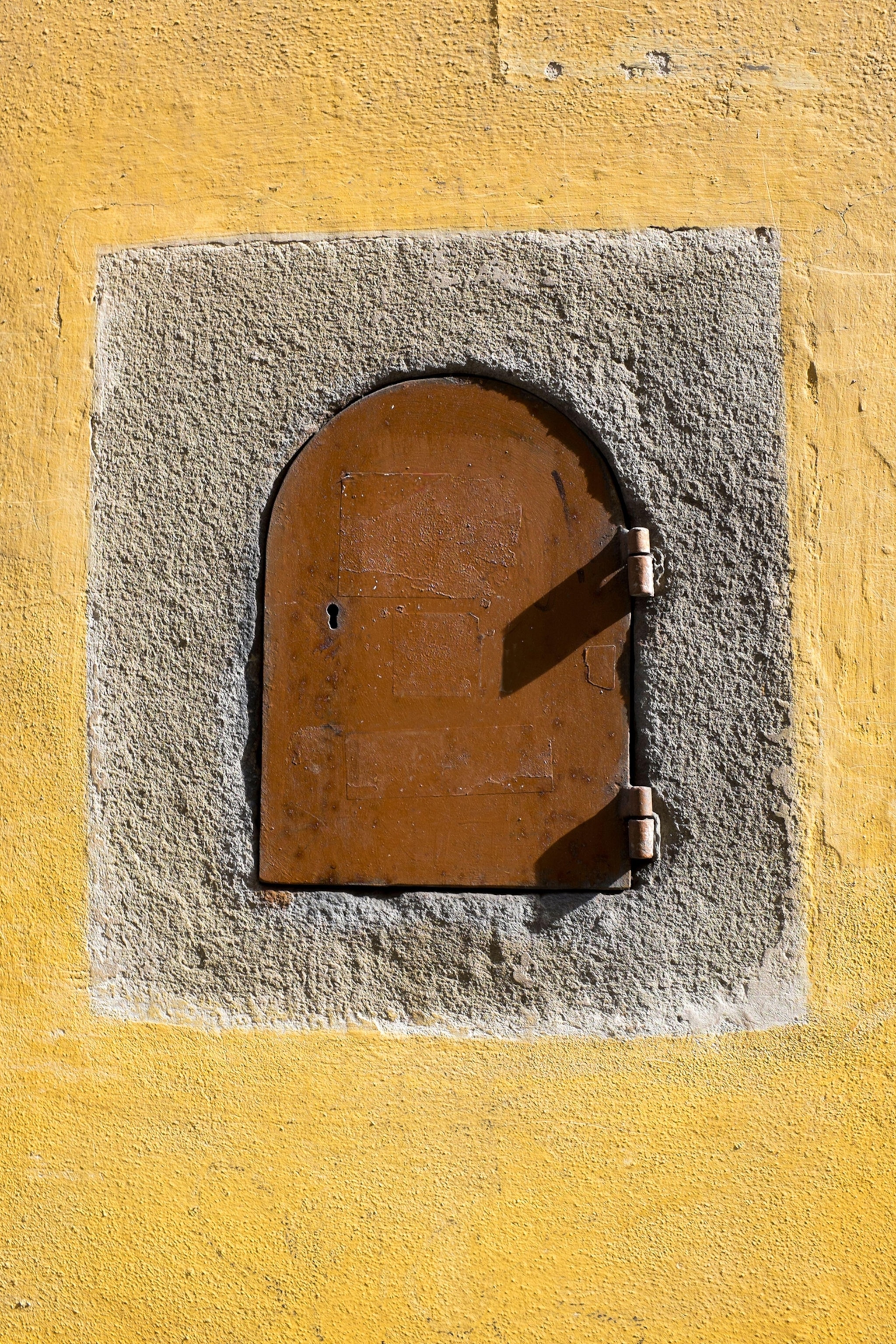
The first buchette? That’s anyone’s guess. However, a document dating to 1596 recently discovered in a local archive has been identified as the oldest on record. It details fees paid to a carpenter and blacksmith to install a wine window at the Palazzo Rucellai. Today, the stately home on the Via Palchetti features two buchettes, though neither is open to the public.
Since Florence was the birthplace of the Renaissance and so many other important cultural traditions, is it any wonder that this Tuscan city is ground zero for such a charming custom as wine windows? Ruggiero, a professor in Italian art and architectural history, states it should come as no surprise at all.
“(Florence) represents the birth of the modern world,” he says. “In academia, we’ve abandoned the use of Renaissance and refer to it as Early Modern. Just about every aspect of society today—whether financial, cultural, literature, art, or anything else—stems from either Greco-Roman or Florentine influence. Even the gentrification of wine!”
(Related: How to taste your way through Tuscany.)



_4x3.jpg)
